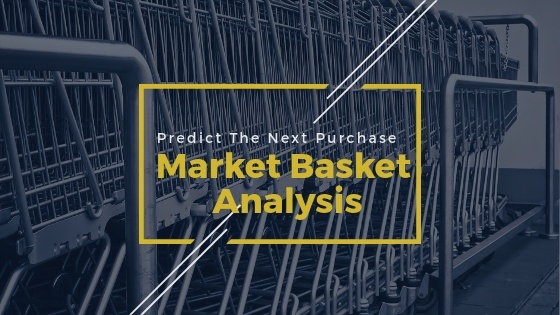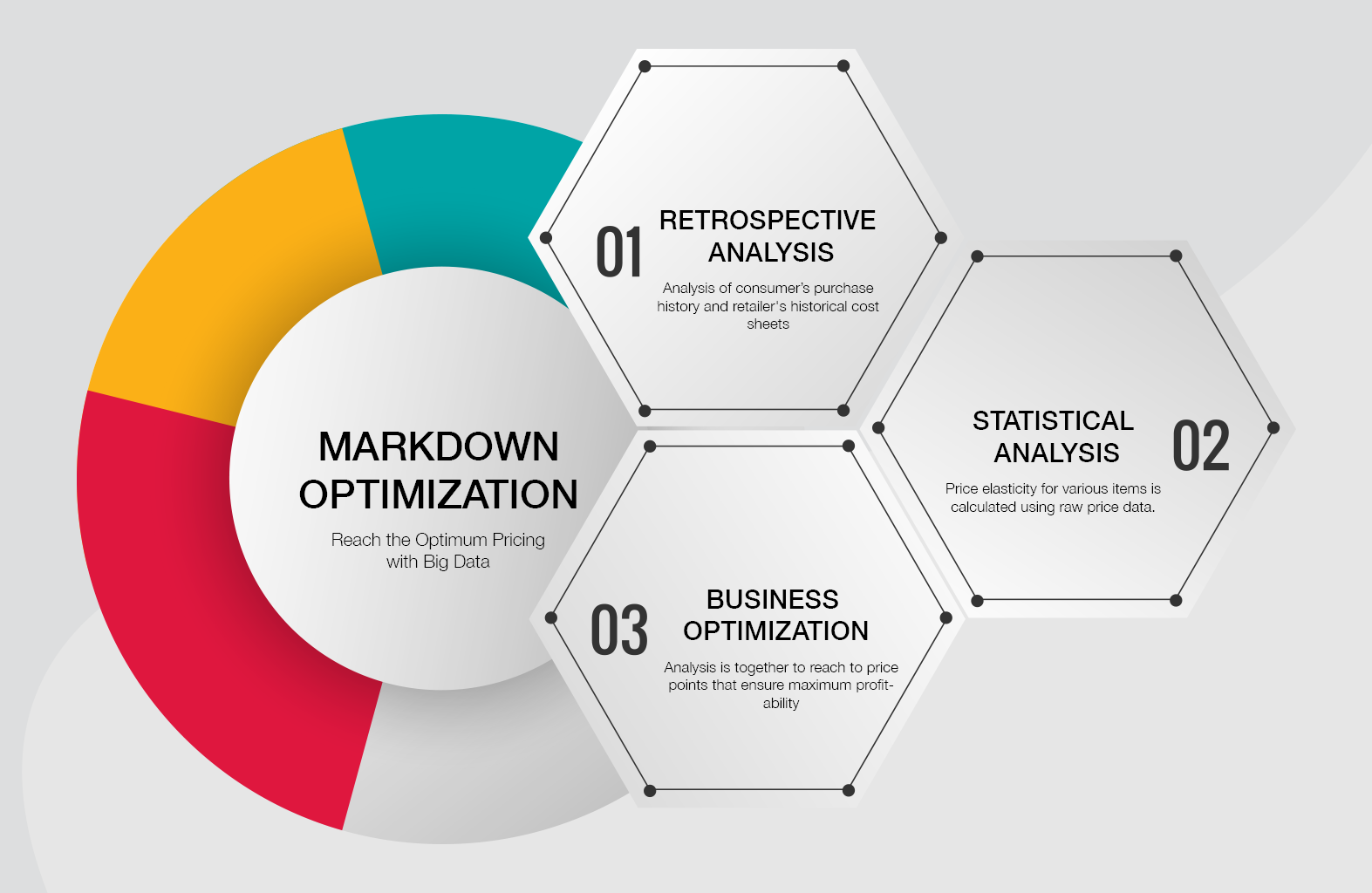Market Basket Analysis: Meaning, Benefits and Role of Big Data in MBA
Let me introduce to the world of cross-selling. Cross-selling is the process through which marketers sell a number of products to their existing...

Big data has revolutionized retail industry like never before. If you have ever tried online shopping then you are already aware of the way e-commerce giants like Amazon and eBay use data analysis to give personalized recommendations everytime you open their home page. Every activity you perform at an e-commerce site is analyzed to deliver personalized marketing messages. Ever noticed an email indicating discount on products you just explored at the site? This all done using big data analysis. Even brick and mortar stores use big data analysis to personalize marketing communication. Ever received a discount coupon on your birthday? But this has been the buying experience with big brands and multi-chain stores. Now even smaller retail businesses can use big data in their stores to personalize marketing and communication. With many smaller IT companies providing data analysis services, leveraging big data has become easier than ever. Here are some uses of big data in retail which you can apply to your store to improve the ROI earned from technology initiatives.

Under traditional marketing practices, the price was determined based on factors like buying seasons, competitor's price, market conditions, cost of goods sold, etc. But decisions based on these major factors were hardly backed by data. It was the experience and gut of the retailer that influenced a majority of his pricing decisions. Moreover, once a price was determined it was revised after a very long time sometimes even after years. Determining the right price of goods and maintaining it in real time has always been a challenge for retailers, but not anymore, because big data offers a way out.
With the help of big data analysis, you can analyze data from multiple sources like the website, in-store sensors, point of sale systems, the frequency of purchases, inventory status etc. and generate insights that previously went unnoticed. Using this data you can optimize price based on real-time analytics, short-term spikes in demand, consumer behavior etc. E-commerce giants like Amazon and eBay are already using this technique to adjust their prices based on user’s activity. Now with many small and mid-size IT companies offering data analytics services, any omnichannel retailer can benefit from big data analysis by properly analyzing the data at their disposal.
Read More: How to Create a Successful Big Data Strategy in 7 Steps
Nowadays trends and market buzz are as big influencers of demand as buying seasons. Industries like fashion, personal care, even groceries can experience sudden spikes in demand due to market trends and buzz. Big data analytics helps analyze these trends based on a variety of factors like social media signals, buying history, competitor analysis etc. Retailers often face difficulties in leveraging these trends because of failing to respond in time.
By using predictive analytics retailers can gain knowledge of upcoming trends, spikes, and surges in demand, changes in market price etc. These insights can help them prepare for market challenges in advance by maintaining inventory, influencing price and optimizing marketing. Overall big data analysis can ensure that businesses don't miss out any opportunity that could have possibly helped them shine in the market.
Read More: 8 Ways Predictive Analytics is Changing Your Business

Retailers can benefit from big data by bringing data science to their marketing decisions. Consumers nowadays demand a high level of personalization in marketing messages. They can sense generic promotional content and are highly skeptic towards it. You need to send precise marketing message at the right time to make your marketing work. This can be easily achieved by using big data analytics. Big data can help retailers in following ways:
The modern customer is a lot more connected than before. With the advent of mobile, e-commerce, social media, physical stores, and many other channels the experience of a consumer with a brand is not just limited to website or stores. It is now much easier to reach to the consumer and initiate an interaction. At the same time, there is an increase in the level of expectations by the consumers. Businesses now need to cater to the customer at all the touchpoints to ensure a seamless buying experience and in-turn earn customer loyalty and advocacy.
Business all over the world are now fighting over customer experience and big data is one the most sophisticated tool at their disposal. With the help of big data analytics retailers can ingest data from multiple touchpoints into big data analysis tools like Hadoop and analyze it to generate insights into consumer behavior, figure out their pain points and take corrective and preventive action to improve their experience. In short, they need to take a 360-degree approach to customer acquisition and retention and big data analysis can help them achieve it.
Read More: 37 Things you won't know about Big Data!It sounds very basic that businesses should be able to identify their ideal customer and focus their marketing efforts towards them to increase revenues. But who exactly is the ideal customer for a business? Your ideal customer is one who has the maximum lifetime value (LTV) at minimal acquisition cost (CAC). Basically, you need to identify customers with a maximum value of LTV/CAC. The problem is that retailers serve customers from a wide range of demographics and cultures. This means that there is a huge amount of data relating to customer’s age, preferences, geography, qualification, gender etc.
Thus, we can see that there is a huge volume of data that needs to be analyzed to come up with insights about the target market and consumers. By combining the outputs from big data analysis tools like Hadoop and big data visualization tools like Tableau we can generate insights into different customer segments and choose the right target market based on maximum ROI.
At NewGenApps we have deep expertise in leveraging big data analytics for improving customer experience and optimizing marketing initiatives. With the holiday season upon us, it is the best time for retailers to analyze market trends and take initiatives that can help them improve their marketing. With data science available as a common technology many retailers, maybe even your competitors, have already taken steps to implement it in their decision-making process. Now the ball is in your court how soon you are planning to implement it in your business. If you need help in leveraging big data for your business then feel free to contact us for any solution or advice.

Let me introduce to the world of cross-selling. Cross-selling is the process through which marketers sell a number of products to their existing...

Retailers often face difficulties in optimizing their pricing for different seasons. In the peak season, they need to determine the opening price and...

In the days of traditional marketing, the marketers knew how their efforts accounted for sales. But this is not the case anymore. With so many...